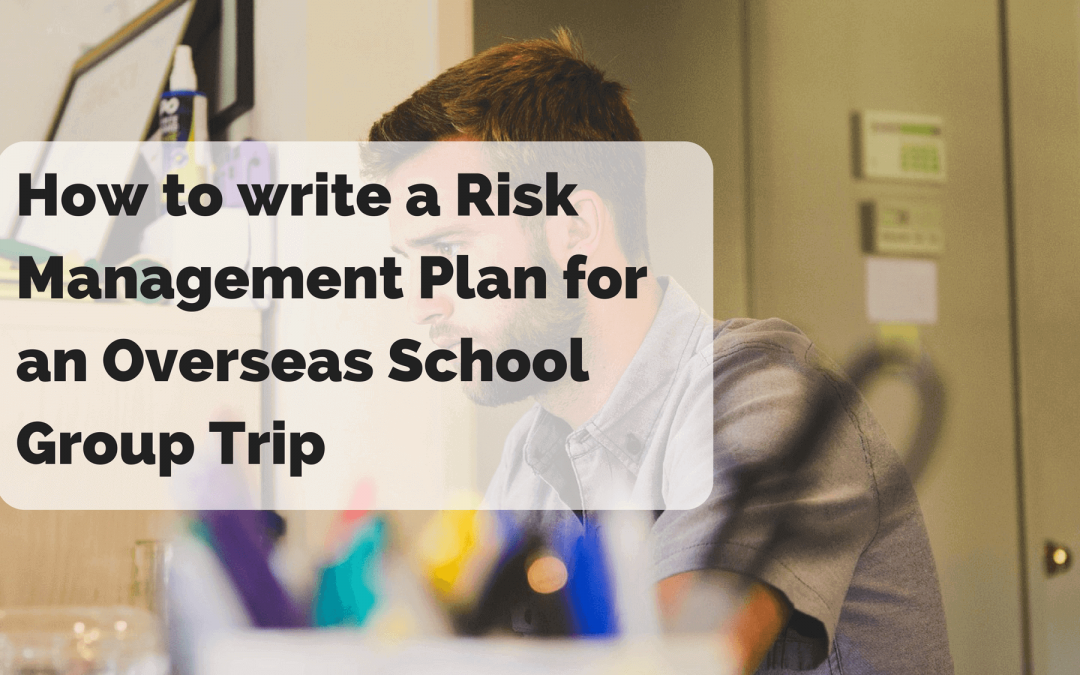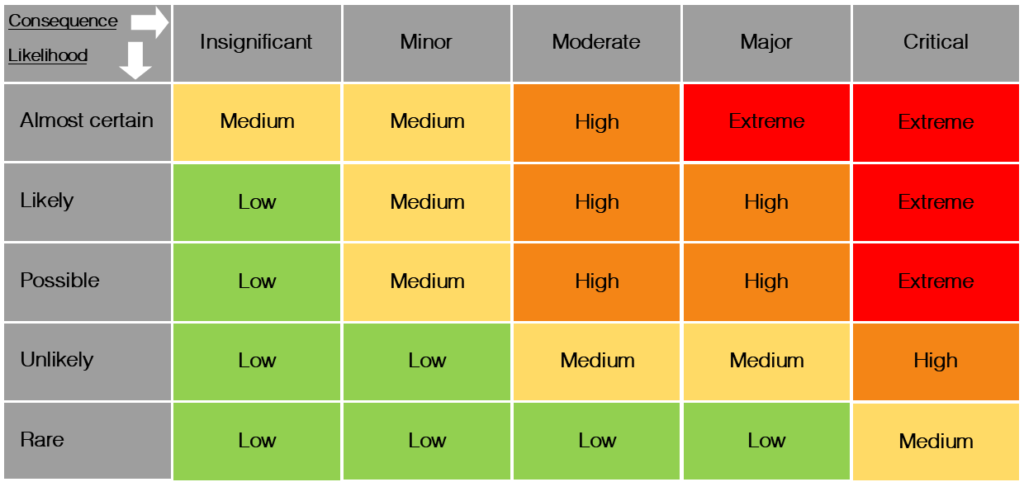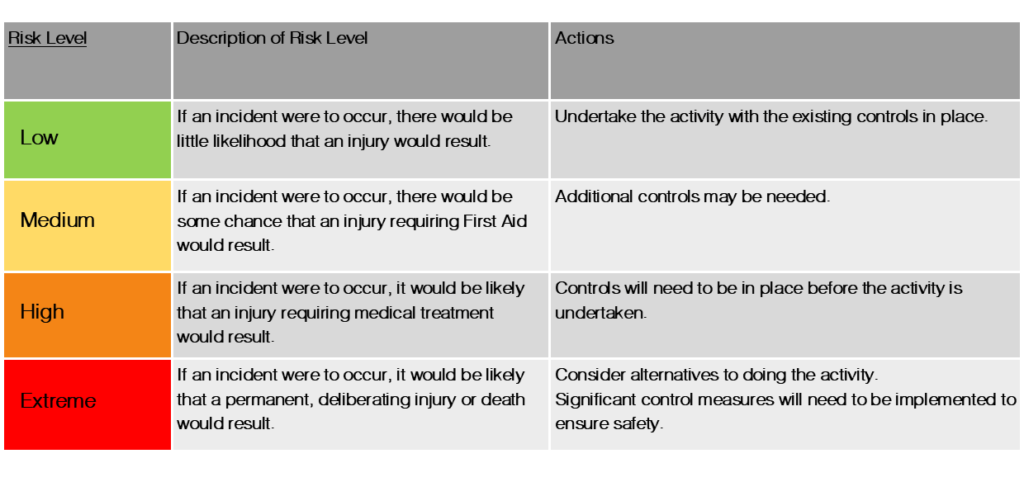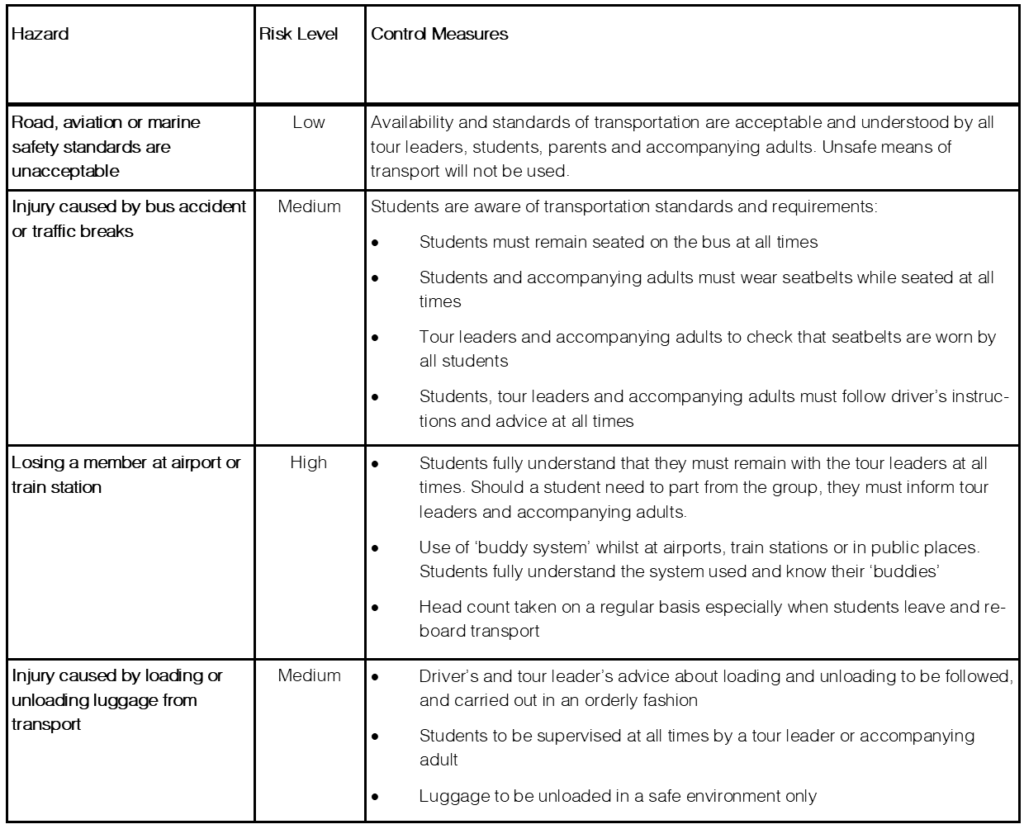
Risk management is arguably the most daunting process of preparing a proposal for your Overseas School Group Trip. But as a teacher, you know that preparing a risk management plan is not only required by your school, but also absolutely necessary for your student’s safety. It consists of well-defined steps which, when taken in sequence, support better decision making by contributing to a greater insight into risks and their impacts. Risk management processes are used to identify hazards and to assess and eliminate or control risks associated with activities.
Although the focus for risk management may differ from school to school, the same steps should be followed. The five essential steps of the risk management process are:
TIP: Exchange Me can assist you with the risk management plan. We have a fully detailed risk assessment for all travel components and can amend them for each individual group and destination.
Determination of the activities which will be undertaken as part of the overseas excursion and the hazards associated with those activities.
Consideration of the hazards mentioned in step one and assessing the risk level using the matrix below.

The CONSEQUENCES are to be identified using the following definitions:
The LIKELIHOOD is to be identified using the following definitions:

Explanation of how the risk will be eliminated or controlled with the following considerations:
Determination of how and to whom the risk management plan will be communicated, considering the following stakeholders:
Monitor and identify hazards during the Overseas School Group Trip and review the risk management plan upon arrival.
If you haven’t prepared a risk management plan before, this description may be a bit confusing. This is why we have added a small example of the ‘transport’ section of our risk management plan for a better understanding. For the full risk management sample, please contact us.
